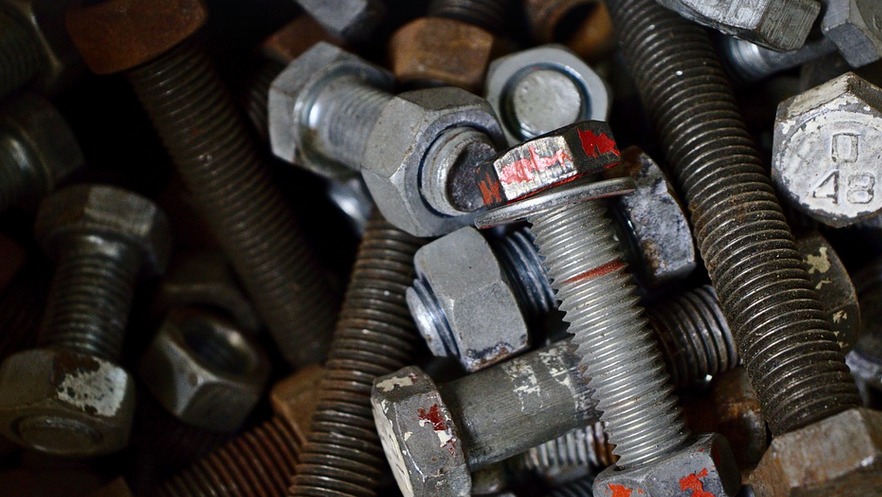
How To Sharpen Paper Cutter Blades In 2025
A Guide for Everyday Precision
Ah, the humble paper cutter. Often an overlooked hero, silently tackling stacks of documents and leaving us with perfectly measured lines. But even our trusty companions can lose their cutting edge over time, leading to rough edges and frustrating mishaps.
Don’t despair! Sharpening your paper cutter is a surprisingly simple process that can bring back its sharpness and efficiency. Whether you’re tackling everyday paperwork or embarking on intricate crafting projects, having a sharp blade will make the difference between smooth sailing and a stressful afternoon.
This guide will walk you through the process, demystifying the art of sharpening even for those who haven’t tackled this task before. No more awkward angles or frantic attempts to fix uneven cuts! Let’s dive into the world of paper-cutting precision.
Before we begin, let’s gather our tools and supplies. We’ll need:
- **A honing steel**: This is your primary weapon for sharpening. You can find these at most hardware stores or online.
- **Fine-grit sandpaper**: Start with 100-grit sandpaper, gradually moving up to finer grits like 220 or even higher.
- **A cleanwork surface**: A flat, stable table with a good lighting source will ensure a smooth and efficient sharpening process.
Ready! Let’s start crafting a paper-cutting masterpiece:
**Step One: The Lay of the Land**
Begin by gently holding the paper cutter blade in your hand, making sure it is secure. Look for any obvious damage or wear and tear on the blade – these can be addressed before we start.
**Step Two: The Honing Process**
Hold the honing steel firmly with one hand and insert the blade into the other. Gently slide the blade along the metal surface of the steel with your dominant hand, working from top to bottom. The process should feel smooth and natural; you are essentially realigning the metal at a microscopic level.
**Step Three: The Smoothing Act**
With your other hand, lightly apply pressure to the paper cutter blade. Run it back-and-forth along the entire length of the honing steel, allowing for smooth adjustments and subtle refinement. This step is crucial in removing any remaining burrs or uneven edges.
**Step Four: The Sandpaper Touch**
Now comes the moment to smooth out any rough patches left behind from the honing process. Start with 100-grit sandpaper, applying light pressure and moving it back and forth across the blade’s surface. You are aiming for a perfectly smooth finish.
**Step Five: The Refining Act**
Gradually move up to finer grits of sandpaper (220 or even higher) if you find that your paper cutter needs further refinement. This will create a fine, polished blade that’s ready to tackle any document.
**Step Six: A Final Checkup**
Before putting your sharpened paper cutter back into action, give it one final check. Look for any remaining burrs or uneven edges and smooth them out with a fine-grit sandpaper. It’s all about precision here!
Congratulations! You’ve just successfully honed your paper cutter blade.
**Why This Matters:**
- **Precision**: A well-sharpened blade ensures precise cuts, eliminating the frustration of jagged or uneven lines.
- **Efficiency**: Sharpening your paper cutter makes it work faster and with less energy. You’ll be amazed at how much more efficient you become!
- **Confidence:** Sharpening your paper cutter instills confidence in your ability to tackle any document, big or small.
With a little care and attention, your paper cutter will remain sharp for years to come, making it an indispensable tool for all your everyday tasks. So next time you’re facing a stack of papers, don’t despair! With this simple guide, you can be sure that each cut will be precise, efficient, and ultimately satisfying.
Happy cutting!